Wisconsin Native Plants: 12 Beautiful Flowers for Gardening

Are you on the hunt for plants that are native to Wisconsin? There many advantages to using native plants if you have the opportunity to re-introduce them to your yard. To help get you started on your journey I've pulled together a list of 12 plants native to Wisconsin that will work in your yard, whether sunny or shady, for you to browse. But first...
What are Native Plants?

We consider plants to be native if they have grown and evolved in the same region for thousands of years. This means that the native species with which we interact in Wisconsin today are the descendants of species that were supporting Wisconsin's ecosystems long before any of us were thinking about what to do with our gardens. Over many centuries, these species have become especially well-adapted to thrive in Wisconsin's climate and soils, while providing essential habitat for wildlife. They also happen to be amazing additions to your garden or home landscape: they are generally resistant to local pests and suffer few disease problems, are drought tolerant, require no fertilizer and are low maintenance. Finding the right native plants for your Wisconsin yard will improve the look and ecological value of your property while providing you with the satisfaction of knowing you're doing something powerfully positive for the planet.

Why are Native Plants Important?
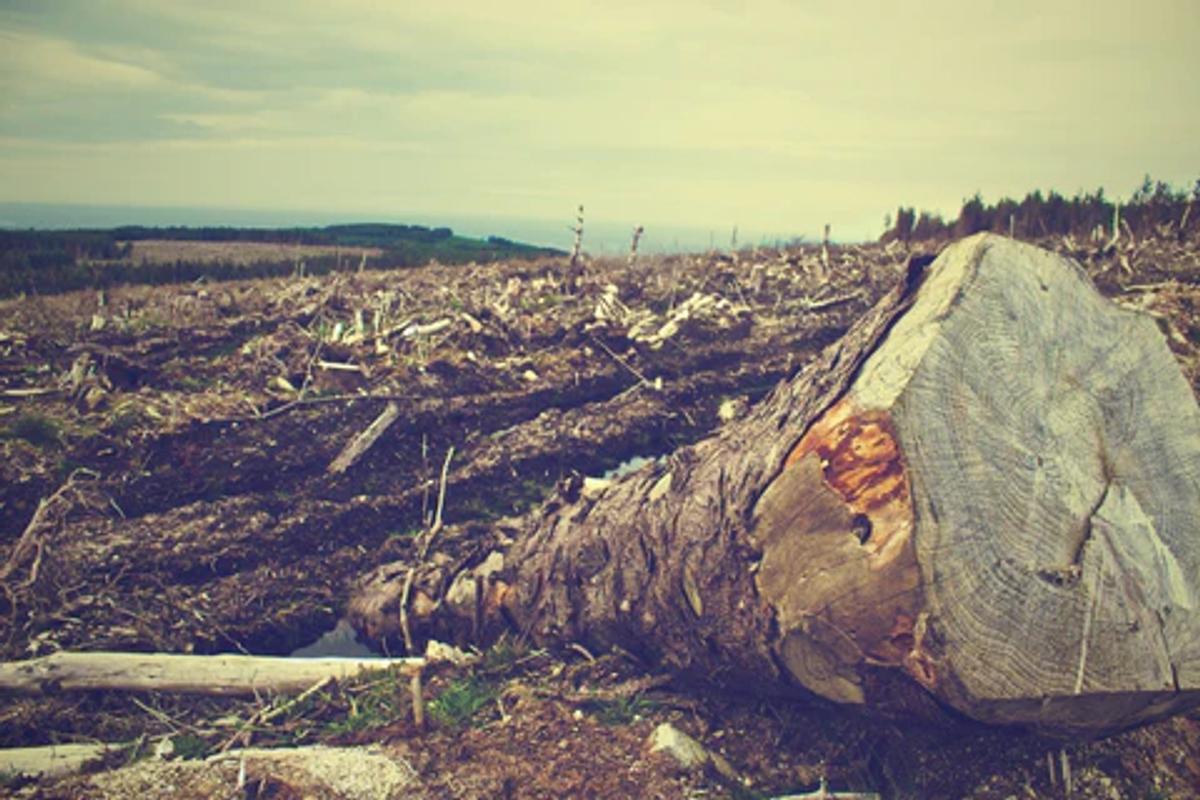
There has been an ongoing and incredible loss of animal life worldwide over the past 150 years. This is a tragedy that has affected almost every major group of organisms, including the many native bees, butterflies, birds, and other beneficial creatures that allow our natural world to function. A leading driver of this crash is land mismanagement: as humans, we've spent far too long removing the kinds of plants our local wildlife and ecosystems need, and replacing them with other species that do very little or even nothing to support our environment in any meaningful way. In the worst cases, these introduced plants may show themselves to be invasive species - escaping management and badly damaging local ecosystems.
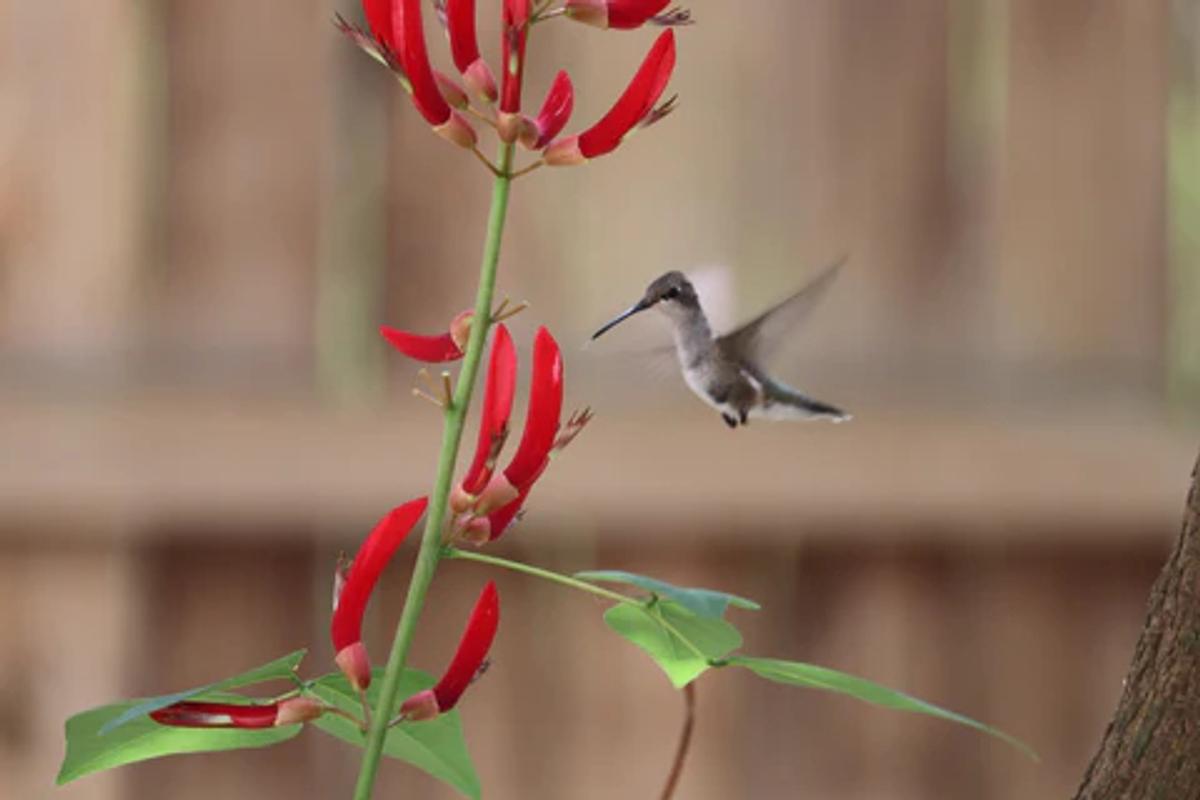
By contrast, native plants are adapted to provide food and shelter for many bees, butterflies, birds, and other pollinators. With generally deep root systems, these species also sequester more carbon, cycle more nutrients into the soil, and provide more erosion control than turf grass and other ornamentals. Many species of native plants can survive in poor soils and are drought tolerant and deer resistant once established. Simply by adding a native garden bed or including some natives in your other landscapes you can directly help to reduce atmospheric CO2, create fertile soil, and reestablish a healthy environment. Read on below to see our starter list for gardens in Wisconsin.
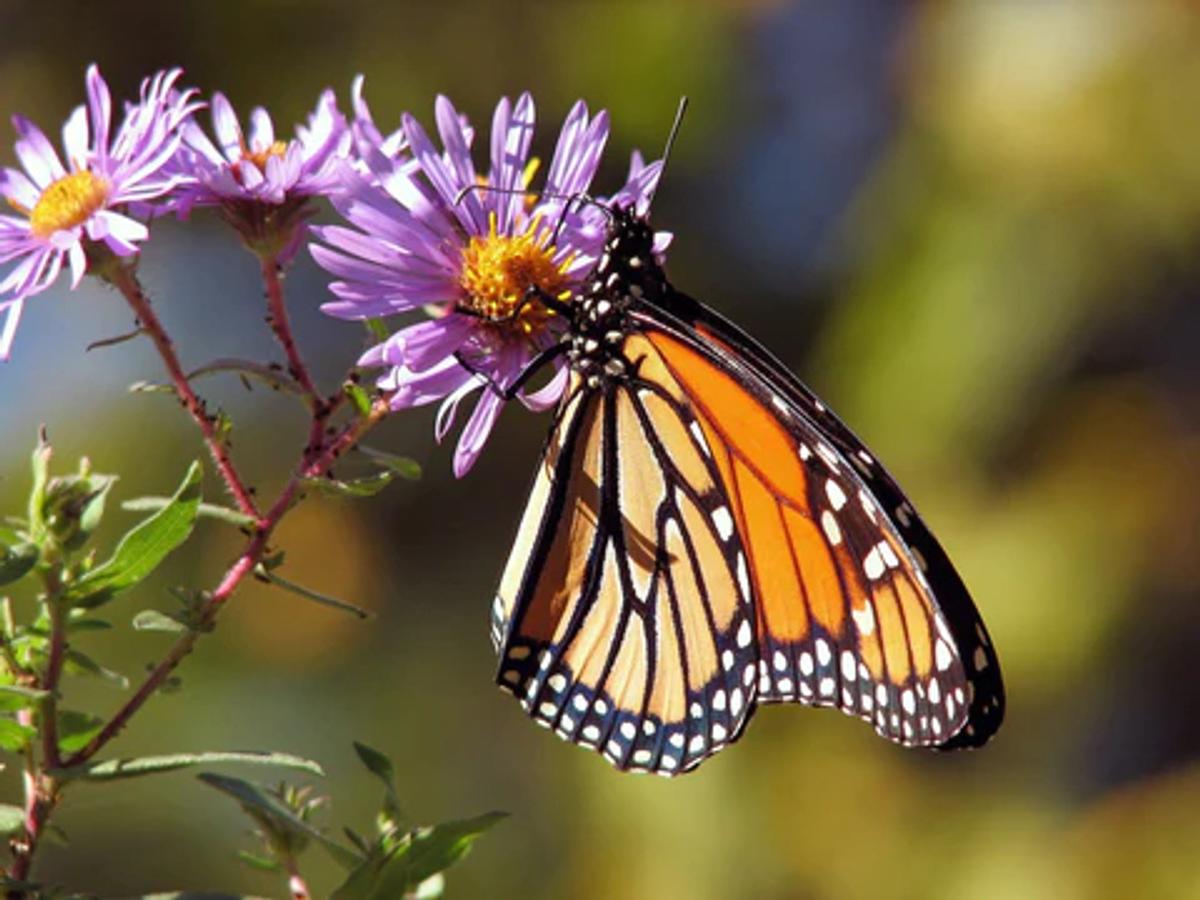
Native Plants of Wisconsin
Here is just a handful of plants native to Wisconsin, split up into three major categories of sun exposure for convenience. Any one of these species would be a great choice for your garden, as they will support many native pollinators and other insects; and most can be found in My Home Park's pre-designed gardens for Wisconsin.
Native Plants for Full Sun

Prairie Smoke is a unique and stunning plant that grows to just about 6 inches off the ground of North American prairies. Also known as Old Man's Whiskers or Three-Flowered Avens, Prairie Smoke gets its name from the wispy, smoky appearance of its pinkish-red flowers and feathery seed heads.
In the spring, each slender stem that emerges is topped with clusters of nodding flowers that resemble delicate bells. As these blooms mature, they transform into beautiful seed heads with long, feathery tails that wave in the wind like smoke. These seed heads remain attractive well into the fall and are often used in dried flower arrangements and as a valuable food source for birds and small mammals.
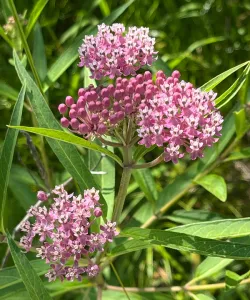
Swamp Milkweed, also called Red Milkweed, is native to all of the eastern United States and west up into the Rockies. As its name suggests, this awesome herbaceous perennial plant prefers being in moist to wet areas, such as near swales or ponds, where it will happily put forth rich, ruby flowers at the end of each sturdy stalk.
A boon for many insects, this summer bloomer is a particularly important as a host plant for the endangered Monarch Butterfly (Danaus plexippus) - which lay their eggs exclusively on plants in the Milkweed family (genus Asclepias).

When people think of native wildflowers, they might first envision the yellow coneflower of a Black-Eyed Susan. Its yellow showy flowers are a delightful addition to any sunny garden and will attract bees and other insects in early summer before offering readily available seeds for hungry birds in Winter. Black-Eyed Susans are highly adaptable, and will accept many different moistures so long as they are planted in well drained soil.

Prairie Phlox is a charming and colorful addition to any garden or natural area. This herbaceous perennial boasts clusters of fragrant, pink to fuchsia flowers that bloom in the late spring and early summer, attracting a variety of pollinators.
Prairie Phlox typically grows to a height of one to two feet, with slender stems and lance-shaped leaves that add interest even when the plant is not in bloom. This allows it to pair well with other prairie plants like Black-eyed Susan and Butterfly Milkweed, creating a vibrant and dynamic display. It is also easy to care for, as it thrives in a range of soil types and light conditions, from full sun to partial shade.
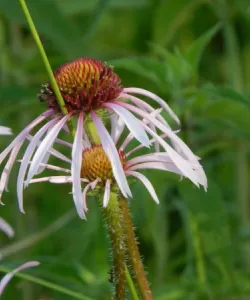
Pale Purple Coneflower is a stunning and versatile herbaceous perennial which produces tall, sturdy stems that are crowned with striking daisy-like blooms that can range in color from pale pink to purple, attracting pollinators and hummingbirds. Blooming in the summer, its distinctive, drooping petals and prominent central cone are a sight to behold. These flowers are not only visually appealing, but also have a long history of medicinal use, with extracts from the plant believed to have immune-boosting and anti-inflammatory properties.
Pale purple coneflower is also easy to care for, thriving in a range of soil types and light conditions down to partial shade. It is often used in meadow or prairie plantings, but can also be a striking addition to a mixed border or perennial garden.

Butterfly Weed is native to almost every state east of the Rockies, revealing it to be a ubiquitous and highly adaptable species. A must have for any sunny pollinator garden, Butterfly Weed is happiest in a drier areas with very well drained soil. Also called Orange Milkweed, this early summer bloomer is (like the Swamp Milkweed mentioned above) a critical host plant for both the monarch and queen butterflies.
It thrives in a range of soil types and light conditions, from sun to part shade, and is drought tolerant once established. Its long taproot also helps it to withstand hot and dry conditions, making it a great choice for low-maintenance landscapes.
Native Plants for Part Shade
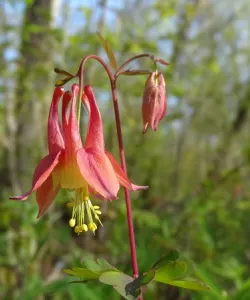
Planting columbine helps feed pollinators in the early spring, as it's one of the first flowers to bloom. Bell-shaped flowers hang airily over delicate foliage, and their red color attracts hummingbirds. Columbine is a very adaptable plant that thrives in shade or sun and does well in most sites as long as it's not too wet. Its shiny black seeds bounce over the ground, slowly spreading new populations throughout the garden. Foliage can look tired in summer some years and can be cut back for a tidier look.

Purple Coneflower is one of a handful of native plants to become so popular as to likely be sold at your local nurseries. This is an astoundingly important plant that supports tons of pollinators in mid summer with its nectar and pollen and will attract birds to its seed-laden flower heads in the fall and winter. Happiest in full sun to light shade with slightly moist soil. Echinacea purpurea is also fascinating for its wide range of medicinal applications - functioning as an anti-inflammatory and helping to combat symptoms of the common cold. A wonderful addition to any garden or landscaping project that blooms in mid to late summer.

Lanceleaf Coreopsis is one of our absolute favorite native plants. Highly adaptable and happy in part to full sun, Lanceleaf Coreopsis' buttery yellow blooms will liven up your garden in late spring through mid summer and, unlike some other plants, just won't quit! Bees and butterflies will be drawn in daily to feast. An easy-to-manage addition for any native garden.
Native Plants for Full Shade
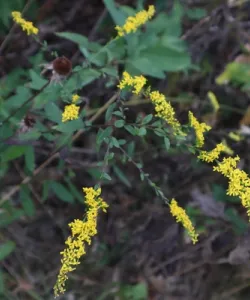
All goldenrods (plants in the genus Solidago) are among the most important native plants in North America. This is because they tend to bloom in late summer when many other flowers have come and gone; and their flowers offer amazing support for many species of beneficial insects. Elm-Leaved Goldenrod is one of just a few goldenrods that enjoys life on the forested side. This is a great plant for a shade garden with mesic soil and will often bloom all the way into early Fall.
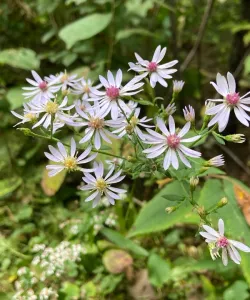
Also known as Blue Wood Aster, Heart Leaf Asters (unsurprisingly featuring lance-like, heart shaped leaves) liven up the late summer shade with a burst of bluish and white flowers. Much like the goldenrods, Asters (often as genus Symphyotrichum) tend to be heavy hitters when it comes to wildlife support. Heart Leaf Asters will help pollinators as the seasons turn towards Fall.
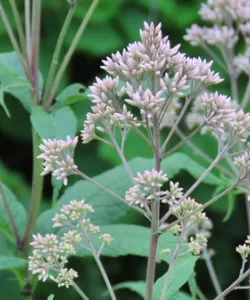
Don't let the name fool you! Sweet Joe Pye Weed is a dramatic yet well-behaved perennial, especially well-suited to filling out cottage gardens or perennial borders along forest margins where they will thrive in the semi-shade to full sun conditions. Sweet Joe Pye Weed is a taller plant (roughly 4-5 feet on average) with fine upturned pink flowers that will attract butterflies and other beneficial insects.
What You Can Do Today

If you live in Wisconsin, My Home Park has a large collection of pre-designed gardens that bring together diverse sets of Wisconsin natives produced by expert, organic growers in the Great Lakes region. These gardens are designed to bloom from early spring to early fall, beautifying your landscape while supporting your environment. Check out our catalog for Wisconsin or explore our offerings for other states in the Great Lakes region to get started today!
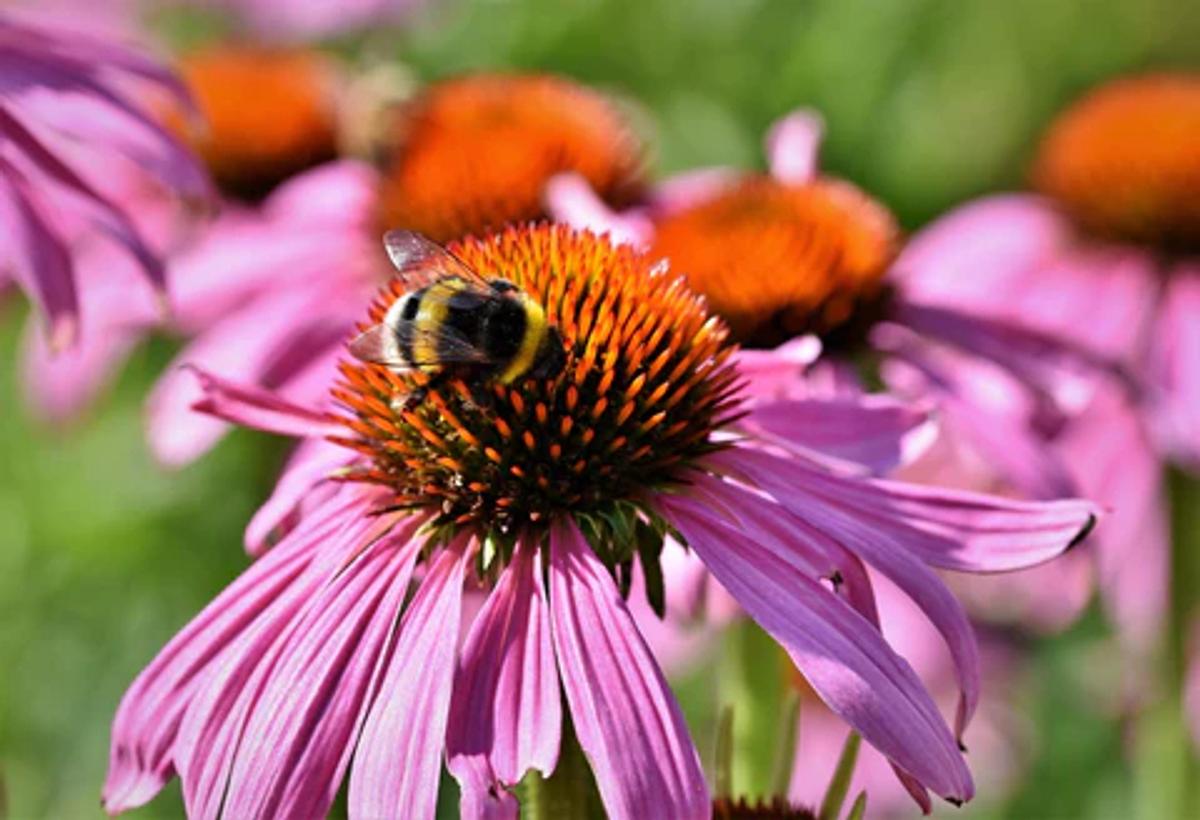
Share this article


